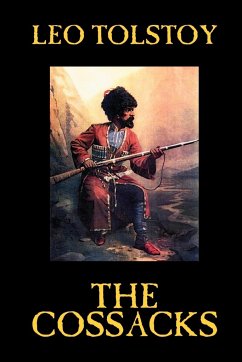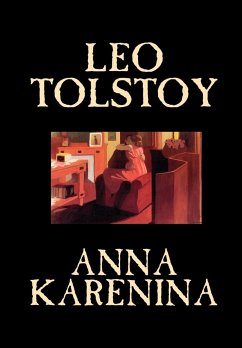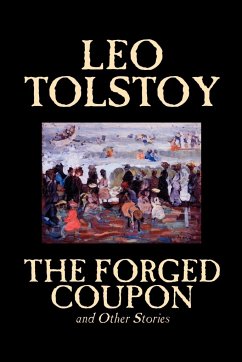Olenin was a youth who had never completed his university course, never served anywhere (having only a nominal post in some government office or other), who had squandered half his fortune and had reached the age of twenty-four without having done anything or even chosen a career. He was what in Moscow society is termed un jeune homme. But he did find a career -- he took a post as a Cadet in the army, and ended up assigned to Transcaucasia. This is the place -- here among the Tatars, the Chechens, and the Old Believers -- this is the place where Olenin will find love in the arms of a beautiful Cossack girl -- a young woman who is promised to a Cossack warrior. Both Ivan Turgenev and the Nobel prize-winning Russian writer Ivan Bunin gave the work great praise, Turgenev calling it his favorite work by Tolstoy. Somewhat autobiographical, partially based on Tolstoy's experiences in the Caucasus during the last stages of the Caucasian War.








